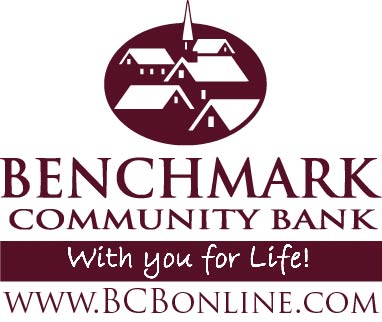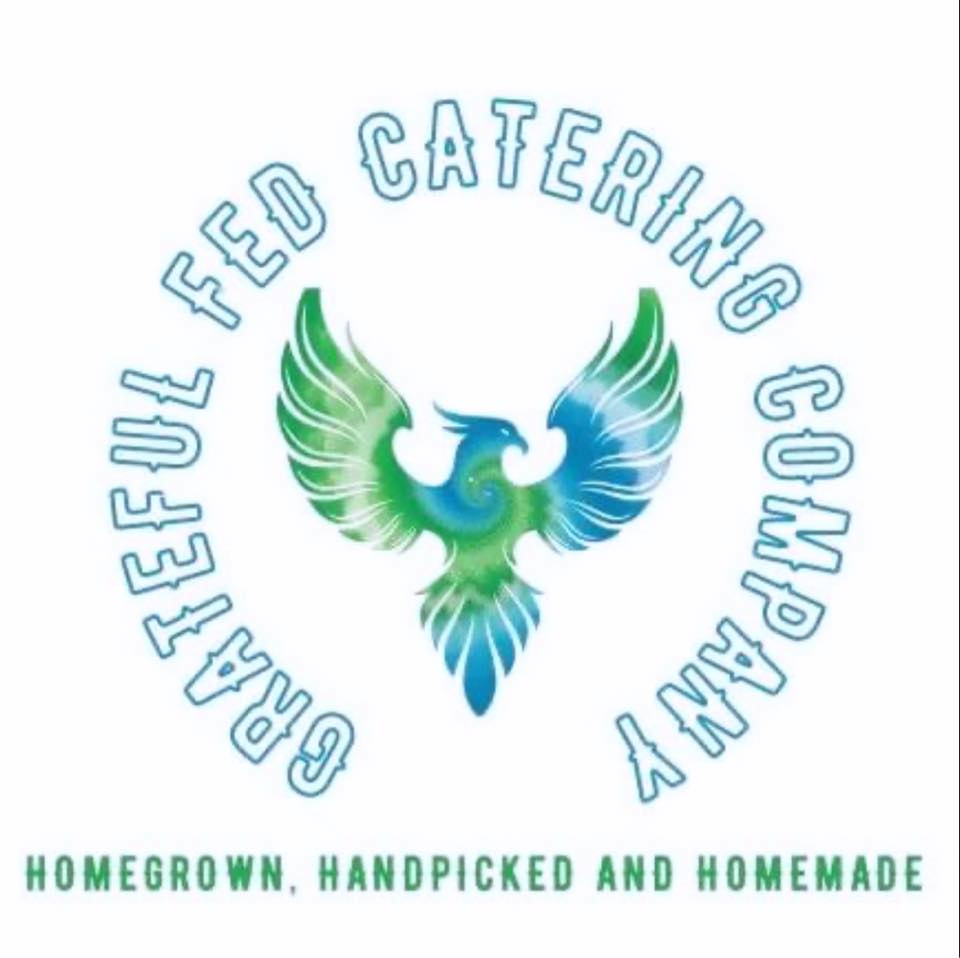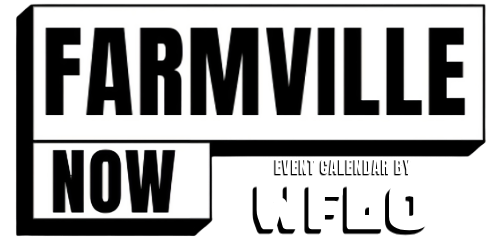-
The Digital Handshake: Building Trust Through a Thoughtful Welcome Kit
April 09, 2025Welcoming a new client isn’t just about firing off a quick email and hoping for the best. It’s an invitation into a working relationship that should feel as intentional as it is professional. In a world where in-person meetings are often replaced with digital exchanges, a well-crafted welcome kit becomes the new handshake—a thoughtful first impression that sets the tone for everything to come. And yet, many businesses still miss the mark by flooding clients with clutter instead of clarity.
Start with a Personal Introduction That Doesn’t Feel Scripted
The first item a client sees should sound less like a company brochure and more like a genuine hello. Think of this as the "who we are" section, but stripped of corporate jargon and recycled mission statements. It should highlight the humans behind the business, why this partnership matters, and what the client can expect moving forward. A short welcome video or a handwritten-style note (digitally rendered, of course) goes further than a wall of text ever could.
Outline the Process Without Turning It Into a Manual
New clients want to feel confident, not overwhelmed. That’s where a well-mapped onboarding process becomes invaluable. Instead of a lengthy PDF with endless bullet points, consider breaking it into a visual roadmap—color-coded timelines, milestones, and key deliverables all laid out clearly. It reassures the client that there’s a plan in place, and that someone is already steering the ship with care.
Polish the Visuals Before They Speak for You
Visual consistency plays a quiet but powerful role in how clients experience a brand, especially in emails or client-facing documents. When images feel cluttered or mismatched, they can distract from the message and dilute professionalism. Streamlining visual elements—like standardizing photography styles, trimming excess design flourishes, or aligning color palettes—goes a long way in reinforcing trust. Even tools once reserved for personal use can now handle business-level cleanups, easily removing distracting elements from product shots, team photos, or packaging displays.
Set Boundaries by Explaining Communication Norms
One of the most underrated elements of a strong digital welcome kit is a clear guide on how communication will work. This means laying out when and how to get in touch, what kind of response times are typical, and what channels are preferred. It helps clients avoid confusion and limits unrealistic expectations from both sides. You’re not just offering clarity—you’re offering peace of mind.
Include a Resource Library That’s Actually Useful
Most people don’t want to read a 40-page onboarding document, and they shouldn’t have to. A curated library of helpful links, short how-to videos, or even client-specific templates can do the heavy lifting instead. Bonus points if it's searchable and personalized. The goal is to empower the client with tools they’ll actually use, not bury them in files they’ll never open again.
Celebrate the Partnership with a Welcome Gift That Feels Intentional
Even in digital spaces, a small gesture can feel surprisingly impactful. A digital gift card, a custom playlist, or a branded tool that aligns with the client’s industry can create an unexpected sense of delight. It doesn’t have to be expensive—it just has to be thoughtful. The act of giving something, especially early in the relationship, communicates appreciation before expectations.
Invite Feedback Without Making It a Formal Survey
Too often, businesses wait until a client is halfway out the door to ask what could have gone better. A welcome kit that includes an open invitation for feedback from day one makes it clear that the client’s input is valued. Skip the cold, formal survey and instead offer a simple way to share thoughts—maybe a direct email to someone who’ll actually read it. That early invitation sets a collaborative tone that carries through the relationship.
A digital welcome kit isn't a throwaway task for your assistant to cobble together. It’s the first page in the story your client will tell about working with you. Every element should be intentional, from the tone of your language to the way you organize resources. This isn’t about bells and whistles—it’s about showing that someone put real thought into welcoming them aboard. Do that, and you’re not just onboarding a client; you’re beginning a relationship built on trust, clarity, and mutual respect.
Discover how The Farmville Area Chamber of Commerce can empower your business and enrich our community through education, advocacy, and tourism initiatives!
.png)












.png)









